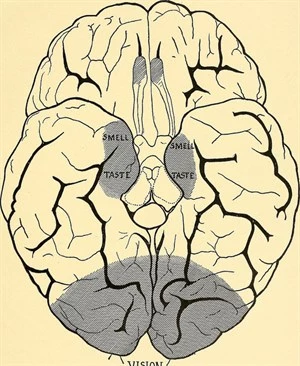
“Somatization disorder” might still appear in textbooks—or in questions that test your knowledge of older terminology—but for the ASWB exam, it’s essential to know the updated DSM-5 diagnosis: Somatic Symptom Disorder (SSD).
This post breaks down the key features, exam traps, and how to recognize SSD in clinical scenarios.
Why Somatization Disorder No Longer Exists
In the DSM-IV, somatization disorder described a pattern of multiple, medically unexplained physical symptoms that began before age 30 and lasted several years.
In the DSM-5, that label has been retired. The modern diagnosis is Somatic Symptom Disorder—a broader and more clinically useful category that focuses on the client’s response to symptoms, not just their origin.
Key shift: The symptoms can be explained or unexplained—the diagnosis depends on the excessive thoughts, feelings, or behaviors tied to those symptoms.
DSM-5 Criteria for Somatic Symptom Disorder
To meet criteria, the client must:
-
Have one or more somatic symptoms that are distressing or result in disruption of daily life
-
Show excessive thoughts, feelings, or behaviors related to those symptoms, such as:
-
Disproportionate thoughts about the seriousness of symptoms
-
Persistent anxiety about health or symptoms
-
Excessive time and energy devoted to health concerns
The pattern must be persistent (typically 6 months or more).
What to Know for the ASWB Exam
Clue for the exam: SSD clients believe their symptoms are real—and may feel genuinely distressed by them. Your role is to provide support, not dismiss their experiences.
How This Could Appear on the ASWB Exam
A client presents with frequent headaches, digestive problems, and joint pain. Medical workups have shown no underlying condition. The client states, “I know something’s wrong. I think I have a rare disease no one’s caught yet.” The client visits multiple specialists, constantly reads health forums, and appears highly anxious. What diagnosis is MOST likely?
A. Malingering
B. Somatic Symptom Disorder
C. Illness Anxiety Disorder
D. Factitious Disorder
The client has real symptoms and excessive worry and behaviors focused on those symptoms, meeting SSD criteria. Correct answer: B. Somatic Symptom Disorder
Final Takeaway
Don’t let outdated terminology throw you. The ASWB exam will expect you to know current DSM-5 terms—but may still test your ability to recognize older ones in context. Somatization disorder is no longer a diagnosis. But Somatic Symptom Disorder—and how a client responds to their symptoms—remains fair game.
Try a test now
Want more DSM-based practice questions? Take a full exam and see how you score.

